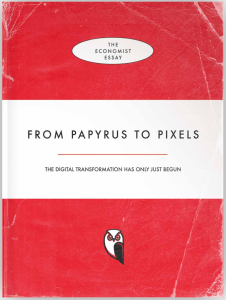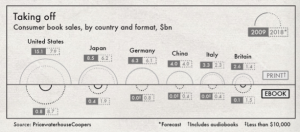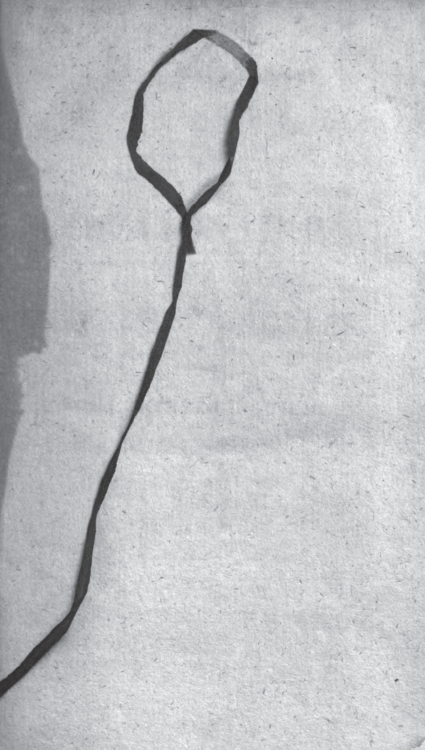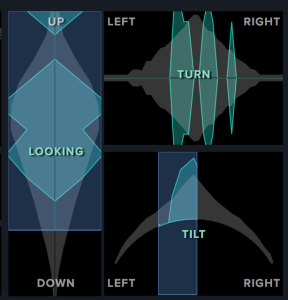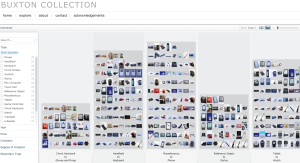Yesterday I gave a talk over the internet on “What’s New is Old Again: Studying Interface with Perseus.” This talk was recorded and shared on via eHumanities Seminar – YouTube.
The abstract I submitted for the talk was:
[P]aradoxically, the primary effect of visual forms of knowledge production in any medium – the codex boo, digital interface, information visualizations, virtual renderings, or screen displays – is to mask the very fact of their visuality … (Johanna Drucker, Graphesis, p. 10)
Interfaces don’t get much scholarly attention because they are seen as an ephemeral presentation layer masking the real information the way the design of a book holds the content. This paper will discuss a series of projects that take interface seriously and historically. These projects were undertaken by the Interface Design team of the INKE project to find ways of studying the evolution of an interface. These projects used the Perseus project as a test case as it is one of the oldest continuous projects in the digital humanities. The presentation will argue that:
- There is a history to digital interfaces that is rich and interesting enough to study.
- We need to theorize about how to do the history of interface. Heroic design stories are not enough.
- We need to act now to preserve traces of interfaces for study and that there are better and worse ways of preparing for preservation.
The presentation will conclude by showing the architecture developed for an archive of Perseus interfaces designed for future study.
